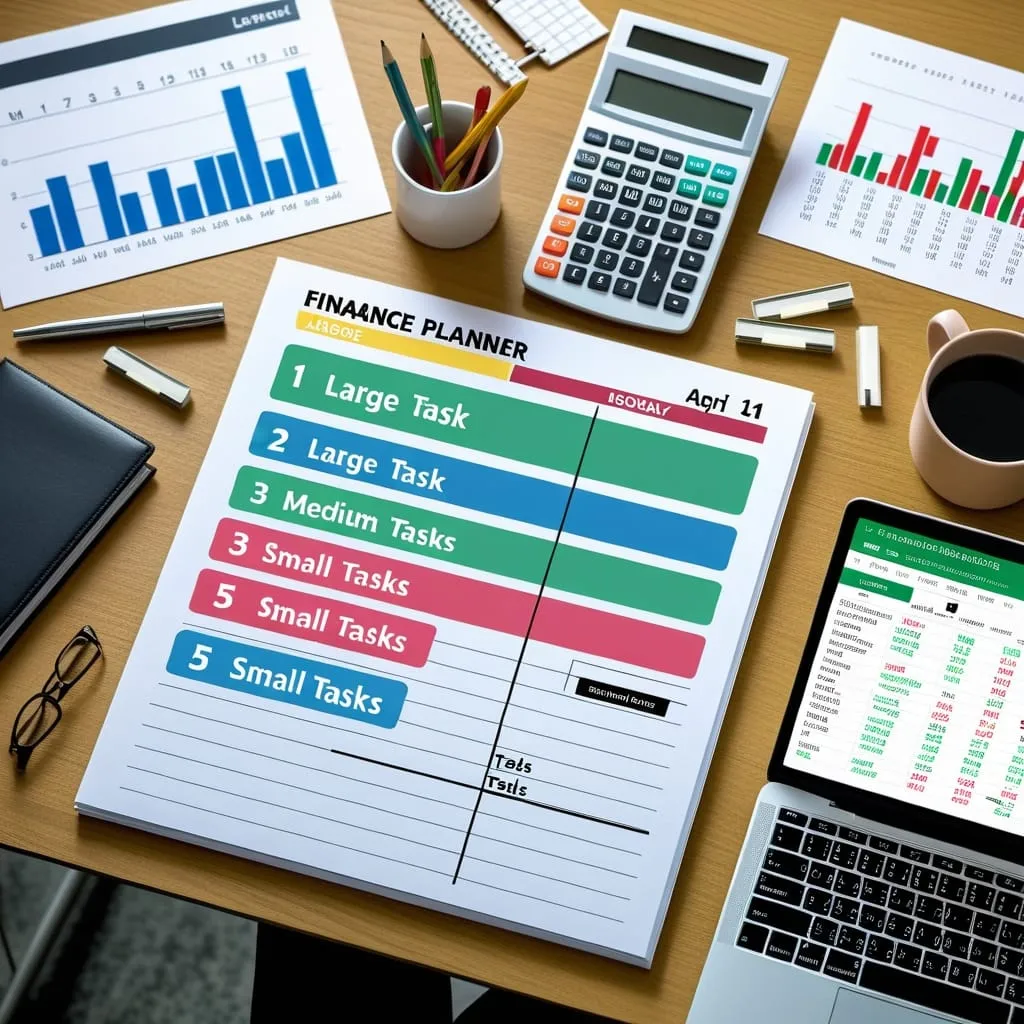Building a Million-Dollar Portfolio: The Power of 5 Value Stocks
Ever dreamed of having a million bucks in your investment account? Sounds crazy, right? But here's the thing - it's totally doable. And get this: you can do it with just 5 stocks. Yep, you heard that right. Let's dive into how you can make this happen.
First off, let's talk about getting started. The earlier you kick things off, the better. Why? Because of this magical thing called compound interest. It's like a snowball rolling down a hill, getting bigger and bigger as it goes. So, if you start tucking away cash in your 20s or 30s, you're giving that snowball a lot more time to grow.
Now, don't freak out thinking you need to dump a ton of money in all at once. Nah, it's all about consistency. Maybe you start with $500 a month. That might not sound like much, but over time, it adds up. Think about it - if you keep that up for 30 years and get a decent 7% return, you could be looking at over a million bucks. Pretty sweet, huh?
Okay, so you're saving. Now what? This is where the fun part comes in - picking your stocks. But here's the kicker: we're not talking about spreading your money thin across a bazillion different companies. Nope, we're talking about finding just a handful of real winners.
You want to look for what the pros call "value stocks." These are companies that are solid as a rock but maybe aren't getting the love they deserve from Wall Street. Think of it like finding a designer jacket at a thrift store price. It's still top quality, just underappreciated.
So, what kind of companies are we talking about? Think big names like Apple, Berkshire Hathaway, or Visa. These aren't flash-in-the-pan startups. They're the heavy hitters that have been around the block and know how to make money. But don't just take my word for it. Do your homework. Look at their financials, understand their business, see how they stack up against the competition.
Now, here's a cool trick to build your portfolio: dollar cost averaging. Sounds fancy, but it's super simple. You invest the same amount of money at regular intervals, no matter what the market's doing. It's like setting your investing on autopilot.
Let's say you decide to throw $3,000 at a stock every month. If the price goes down, you end up buying more shares. If it goes up, you buy fewer. But over time, it evens out, and you avoid the whole timing the market game (which, let's be real, is a losing battle for most of us).
Even though we're focusing on just a few stocks, you still want to spread things out a bit. Maybe you pick a tech company, a financial firm, and a consumer goods brand. This way, if one sector takes a hit, you're not completely sunk.
And here's something a lot of people forget: rebalancing. As your investments grow, things can get out of whack. Maybe you started with 75% in stocks and 25% in bonds, but your stocks have been on fire. You might need to sell some stocks and buy more bonds to get back to your original mix. It's like giving your portfolio a tune-up.
Now, let's talk about the hardest part of investing: your emotions. It's so easy to freak out when the market takes a nosedive or get overexcited when things are booming. But here's the secret: you've got to keep your cool. Think of Warren Buffett. The dude's made billions by sticking to his guns through thick and thin. Be like Warren.
Oh, and don't forget about taxes. Using accounts like IRAs or 401(k)s can save you a bundle. It's like the government giving you a high-five for saving for retirement.
If all this sounds overwhelming, don't sweat it. There's no shame in getting some help. A good financial advisor can be worth their weight in gold, helping you craft a plan that fits your life.
Here's another pro tip: stay informed, but don't go overboard. You don't need to be glued to CNBC all day. Maybe check in on your investments once or twice a year. It's like tending a garden - you water it regularly, but you don't dig up the plants every day to see how they're doing.
Let's talk about the real magic of investing: compound interest. It's like your money making babies, and then those babies making more babies. Over time, it snowballs into something huge. For example, if you plunk down $10,000 and get a 7% return each year, after 30 years, you're looking at over $76,000. And that's without adding another penny!
To make this more real, let's play out a scenario. Say you buy 60 shares of a stock at $50 a pop. That's $3,000 invested. Next month, the price drops to $45. Some folks might panic, but not you. You're smart. You buy 90 more shares for $4,000. Now you've got 150 shares, and your average cost per share has gone down. Fast forward a bit, and as the stock recovers and grows, so does your portfolio.
Building a million-dollar portfolio with just 5 value stocks isn't some pipe dream. It's a solid strategy that's worked for countless investors. It's all about starting early, being consistent, picking quality stocks, and keeping your cool when things get rocky.
Remember, this isn't a get-rich-quick scheme. It's more like planting a tree. You've got to nurture it, be patient, and trust in the process. But if you stick with it, one day you'll look up and realize you've grown yourself a money tree.
So, what are you waiting for? The best time to start was yesterday. The second-best time is right now. Get out there, do your research, and start building your million-dollar portfolio. Your future self will thank you big time.






